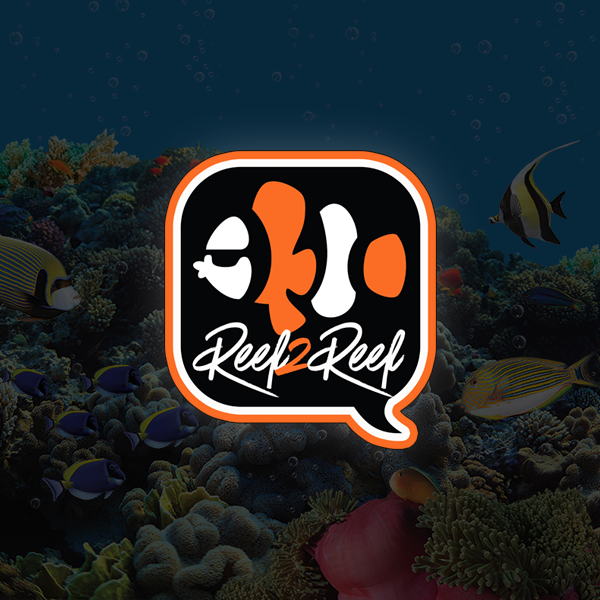Planaria flat worms- doesn’t eat the coral but can suffocate coral and irritate the coral.
Removal I prefer manual dip rather than flatworm exist and wrasses. A lot of work but worth it in the end more effective. I manual remove by pipette and dips, any that I see I would take out( a lot of work but bettter than leaving them inside to reproduce) they reproduce crazy fast. Brush off the eggs usually on skeleton or flesh. If on flesh remove but dip in iodine to help flesh heal.

Polyclad Euphyllia Flat worms- are the worst, some can eat snails but mainly go after Euphyllia, they go buffet on Euphyllias flesh then dive right into the mouth of the Euphyllia, usually start off with one or two in a tank and devastate your whole Euphyllia quickly, these love to lay eggs on the flesh tissue or skeleton. They can hide in the rocks too. flatworm exist won’t kill them, only manual dipping and removal of the eggs works. Putting all your Euphyllia in a qt tank will have too. Having/buying wrasses doesn’t help with the cleanup because some don’t even go after polyclad flatworms only planarias.
How I deal with Euphyllia eatting flat worms is to check for eggs whenever I get Euphyllias mainly torches for me, if any eggs i would brush with toothbrush til all gone, if eggs on flesh still brush but dip in iodine afterwards to help with flesh. I would place in frag rack to monitor it in couple days inspect again for any eggs and flatworms 2-3 times a week.
Place all Euphyllia on racks and dips every 2-3 days for 1 month or more if you want. Swirl and blast the Euphyllia gently to remove them from the flesh or tentacles. Dips 5-10minutes.
I currently use CoralRX dip, works great can even melt the Euphyllia flatworms sometimes but usually sting them so they float off the Euphyllia.
I’ve only encounter them couple times keeping Euphyllia,
I find that bacterial infection in Euphyllia usually start with stress, when the coral is stress they are easily prone. Such as swings of parameters and being attacked by flatworms. I use CIPROFLOXACIN. I put a full pill 500mg into 50 ml of rodi water and mix well. The container must be dark and block all incoming light because cipro degrades under light, stored in refrigerator
Calculate how much to dose
(Amount tank water in liters) multiple by (.125) divide by 10. In mL.
This achieve the 0.125 mg / L that is safe to use with minimal affect on bioload.
for example
284 liters x .125 divide 10= 3.55 mL
Dose 6 day either every other day when lights off or every night for 6 days straight if you want to hit em hard.
*****Be aware chance of developing resistance bacteria, but I haven’t found any issue.
Main source I got for cipro
Brown Jelly Disease (BJD) is an issue many reefers have run into. Like most coral diseases, the pathogen causing BJD has not been conclusively determined. Here I will share some observations and test results supporting the idea that its caused by a bacterial pathogen, and so may be treatable...

www.reef2reef.com
Pictures when I encounter them easy removal.


